Thanadoula
Robin McKenna
2020
| 6 min 38
Selections and Awards
Honourable Mention of the Canadian Film Institute - Best Canadian AnimationOttawa International Animation Festival, Ottawa, Canada (2020)
Official Selection Bucheon International Animation Festival, South Korea (2020)
Official Selection St. John's International Women's Film Festival, Canada (2020)
Official SelectionEdmonton International Film Festival, Canada (2020)
Official SelectionSeminci, Valladolid International Film Festival, Spain (2020)
Official Selection - National Short and Medium-Length CompetitionMontreal International Documentary Festival (RIDM), Montréal, Canada, (2020)
Official SelectionCINANIMA - International Animation Film Festival, Espinho, Portugal (2020)
Official SelectionLIAF - London International Animation Festival, London, UK (2020)
International Competition Tricky Women/Tricky Realities, Vienna, Austria (2021)
Official SelectionAspen Shortsfest, Colorado, U.S.A. (2021)
Nominee - Short Subject - Non-FictionYorkton Film Festival, Saskatchewan, Canada (2021)
“I could have been there with her…”
Two sisters entwined by love. When Annie disappears, her younger sister, Natalie, seeks her out in an unconventional way: as a thanadoula, accompanying the dying in their final stages. Between their slow and final breaths, Natalie finds a bridge between life and death and, ultimately, a pathway to her sister.
Watch the Film
Layering real-life details with an otherworldly magic, Thanadoula recounts the story of an end-of-life doula brought to her calling through the loss of her beloved sister.
Long Synopsis
“I could have been there with her…”
Two sisters entwined by love. When Annie disappears, her younger sister, Natalie, seeks her out in an unconventional way: as a thanadoula, accompanying the dying in their final stages. Between their slow and final breaths, Natalie finds a bridge between life and death and, ultimately, a pathway to her sister.
Featuring the exquisite art direction of Elise Simard (My Little Underground, Beautiful Like Elsewhere), Thanadoula was written and directed by acclaimed filmmaker Robin McKenna (GIFT), who takes a “magic realist” approach to documentary, infusing it with surreal, dreamlike elements. Blending archival footage and animation in ethereal spaces that blur the boundaries between past and present, between the spirit world and the material, the film explores our complicated relationship to dying and the process of letting go.
A co-production between the National Film Board of Canada and Gaudete Films, Thanadoula layers real-life details with an otherworldly magic, recounting the story of an end-of-life doula brought to her calling through the loss of her beloved sister and the threads connecting them.
Trailer
Director's Statement from Robin Mckenna
GENESIS: MEETING NATALIE
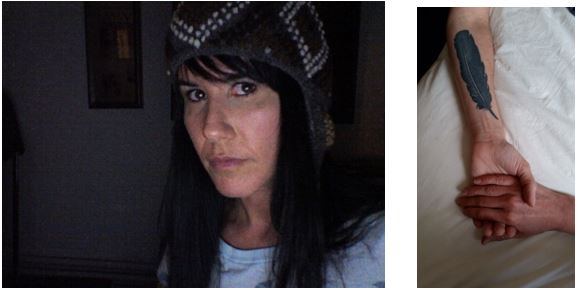
I first met Natalie through friends in Montreal. She had a crow feather tattooed on her arm. At the time I was working on a documentary about doctors working with ayahuasca, including Dr. Gabor Maté, the renowned addiction expert.
She told me she knew Gabor personally: he had been her sister Annie’s doctor when Annie ended up in Vancouver’s drug ghetto, the Downtown Eastside. Natalie began telling me the story of her extraordinary older sister who didn’t fit into this world but existed “between worlds.”
She talked about how, in losing Annie, she had found her calling, helping people cross over to the other side. She spoke about the significance of the crow, which seemed connected to her sister after she disappeared… encounters that felt somehow like Annie.
Her story was like real-life magic realism, and I kept thinking about it: this idea of a realm “between worlds,” and the extraordinary work Natalie did, speaking to our culture’s fear of death and dying. As a documentary filmmaker, I wondered how I could tell her story in a way that could represent this blurring of worlds, between the living and the dying—bringing in the element of the crow as messenger between the two.
Ultimately, after all of Natalie’s searching and longing, Annie died alone, in a psychiatric ward. Through the pain and grief, not only of losing her sister but of knowing that Annie was scared and struggling in her last moments, with no one to accompany her, Natalie came to her work as a death doula, accompanying the dying.
In this unprecedented age of the global pandemic, tens of thousands of people are dying alone, far away from their families. Some are choosing to stay out of hospitals—to spend their last moments close to their loved ones. Thanadoula unfolds in the tender moments between the last breaths of the dying—and explores my friend Natalie’s heartbreaking path to supporting patients and families at their most vulnerable time.
CROW MAGIC
I knew about the crow/raven from Lewis Hyde’s book Trickster Makes This World, about trickster myths—the trickster as boundary-crosser.
I wanted the film’s treatment to be inspired by this “crow magic” that guides Natalie: blurring the lines between the spirit world and the everyday. There would be a softness to the treatment, unlike other line-drawn animation, replacing hard outlines with a layered, dreamlike approach, one ethereal space morphing into the next.
These layers would help create the film’s abstract spaces, as we move between them—never completely sure what’s real or imagined, what’s spirit realm or ordinary world.
CREATIVE PROCESS
I did a long interview with Natalie and shaped her story into a script. From there, working with animator Daniel Gies (e.d. films), we began to shape the storyboard and visual treatment, using layers to create a liminal space, neither realistic nor completely created.
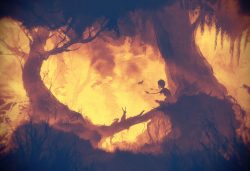
The idea with Elise was to “remix” some of the materials Dan and I had created—to create something less figurative, more handmade, experimental and ethereal.
We also brought the documentary aspect of the story more to the forefront, using spontaneous, natural elements from Natalie’s interview, drawing from her family archives, photos and video. Natalie uncovered new materials: Annie’s journals and drawings, cassette tapes of her talking and singing, home movies. We began playing with all these elements and layers, which would be painted and textured by Elise.
I also filmed some live-action footage of Natalie—her work as a death doula, sitting by the bedside, her search for her sister, her encounter with the crow. The scenes with her would be rotoscoped and painted, to create something original and, we hoped, haunting and strange.
Elise Simard on the Technical Process for Thanadoula
The initial intention was that Thanadoula’s aesthetic would be quite dark. When they approached me about the art direction, I wanted to challenge that. I wanted bright and white and light. We felt that live capture would allow Robin to have an editorial space within the animation process. So we opted for rotoscopy. Robin filmed what she wanted to see and she would send her edits to Sharon Mirsky and me. We would edit it further to accommodate the animation. Once it was all approved, we would print the individual frames on paper and Sharon would ink them. It was a very hands-on approach, so that we could create an organic and imprecise feel that evoked the in-between world that Robin was looking for.
The visual language was created from an array of sources, including archives, rotoscopy, digital backgrounds created by Daniel Gies (e.d. films), and live Super 8 digital captures.
I try not to rely on technical masking. I use compositing very intuitively. I find images that can live on top of one another, images that together create something new. I rely on the modulation of opacity and transparency to create depth and textures. I remove and add elements in a very loose way, always favouring the blending of textures and light over the clean edges of precise image masking. This way there is always something peeking through, like shifting shapes guiding us to the next shot.
The black-and-white printouts of the video were very crisp, so we used sandpaper and dirty fingers to blur out some of the details. Instead of clean white or black outlines, the sandpaper allowed us to smudge the edges where the subject meets the background. If we had used more precise contouring, it would have felt closer to a cutout animation rather than a moving painting. This loose approach with the medium also allowed us to soften the mistakes. You can distract the viewer from noticing where one frame ends and the other begins.
Images
Loading...
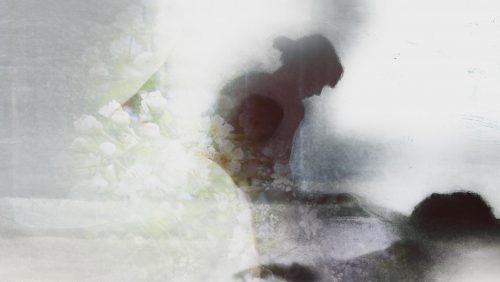
Download
Loading...

Download
Loading...
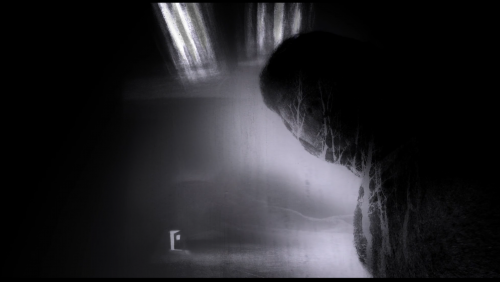
Download
Loading...

Download
Loading...
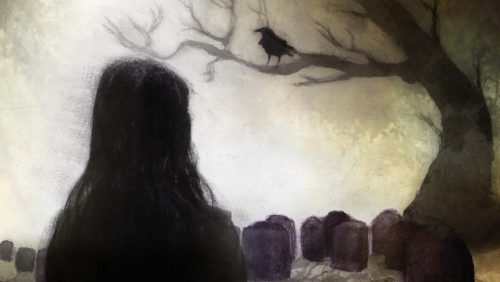
Download
Loading...
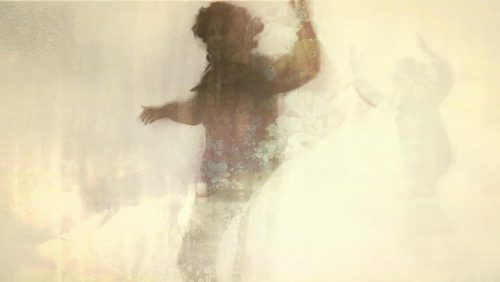
Download
Loading...
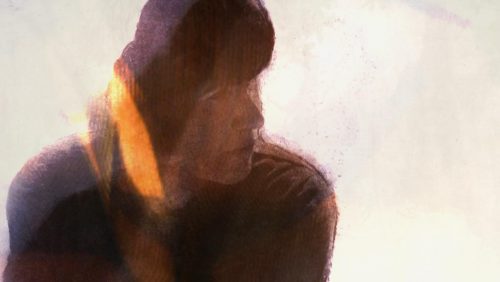
Download
Loading...
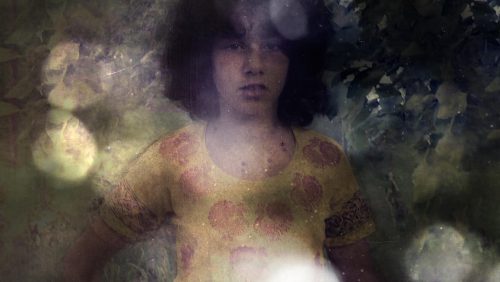
Download
Loading...
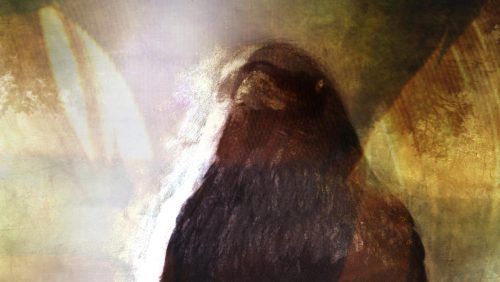
Download
Promotional Materials
TEAM
Robin McKenna
Writer, Director, Producer (Gaudete Films)
Photo
Photo : Darius Bashar
Elise Simard
Art Direction
Photo
Jelena Popović
Producer (NFB)
Photo
Photo : Carrier Haber
Michael Fukushima
Executive Producer
Photo
Credits
a Gaudete Films and
The National Film Board of Canada
production
for Annie Eskenazy
Aug 9, 1961 – July 14, 2007
written and directed by
Robin McKenna
with the participation of
Natalie Eskenazy
Dr. Gabor Maté
art direction and compositing
Elise Simard
rotoscopy and animation
Sharron Mirsky
visual development, animatic and digital backgrounds
Daniel Gies
sound design
Olivier Calvert
original music
Rebecca Foon
© 2019 Gaudete Films & National Film Board of Canada (SOCAN)
ukulele
Daniel Gies
cello
Rebecca Foon
Snow Day for Lhasa
performed by Esmerine & Patrick Watson
written and composed by Bruce Cawdron, Rebecca Foon, Patrick Watson, Andrew Barr, Sarah Pagé, Robbie Kuster, Mikhail Stein
licensed courtesy of Constellation Records
published by Secret City Publishing Inc. and Third Side Music Inc.
music recording and mix (Sky Barn)
Pietro Amato
re-recording (NFB)
Isabelle Lussier
editing
Sharron Mirsky
Elise Simard
additional editing
Terra Long
Nicolas Renaud
camera
Mark Morgenstern
Mark O’Fearghaíl
technical director
Eloi Champagne
online editing
Serge Verreault
titles and credits
Mélanie Bouchard
technical coordination
Randall Finnerty
Luc Binette
Maud Chayer
studio administrator
Rosalina Di Sario
senior production coordinator
Dominique Forget
studio coordinators
Faisal Moula
Barry Ahmad
marketing manager
Melissa Wheeler
marketing coordinator
Michelle Rozon
publicist
Jennifer Mair
archival photos and footage
courtesy of the Eskenazy family
Vancouver Downtown Eastside footage
from “The Jungle Prescription”
courtesy of Gaudete Films
produced with a grant awarded by
bravoFACT (Foundation to Assist Canadian Talent)
A Division of Bell Media Inc.
completed with the support of
RiverStyx Foundation
and
Women Make Movies Production Assistance Program
producers
Robin McKenna (Gaudete Films)
Jelena Popović (NFB)
executive producer
Michael Fukushima (NFB)
THANADOULA
produced by Gaudete Films and the National Film Board of Canada
© 2020
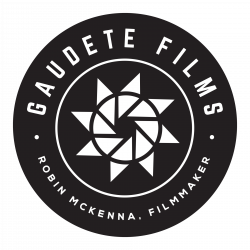
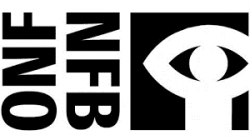
-
About Gaudete Films
Gaudete Films is a Toronto-based production company specializing in artful, creative documentary films. Its most recent release is GIFT, a feature-length documentary directed by Robin McKenna, inspired by Lewis Hyde’s classic bestseller The Gift – which opened in theatres across the US and Canada in 2019. Currently in post-production is Medicine, a feature-length documentary about ayahuasca, medicine and healing, with Dr. Gabor Maté.
-
About the NFB
For more than 80 years, the National Film Board of Canada (NFB) has produced, distributed and preserved those stories, which now form a vast audiovisual collection—an important part of our cultural heritage that represents all Canadians.
To tell these stories, the NFB works with filmmakers of all ages and backgrounds, from across the country. It harnesses their creativity to produce relevant and groundbreaking content for curious, engaged and diverse audiences. The NFB also collaborates with industry experts to foster innovation in every aspect of storytelling, from formats to distribution models.
Every year, another 50 or so powerful new animated and documentary films are added to the NFB’s extensive collection of more than 14,000 titles, half of which are available to watch for free on nfb.ca.
Through its mandate, its stature and its productions, the NFB contributes to Canada’s cultural identity and is helping to build the Canada of tomorrow.
Media Relations